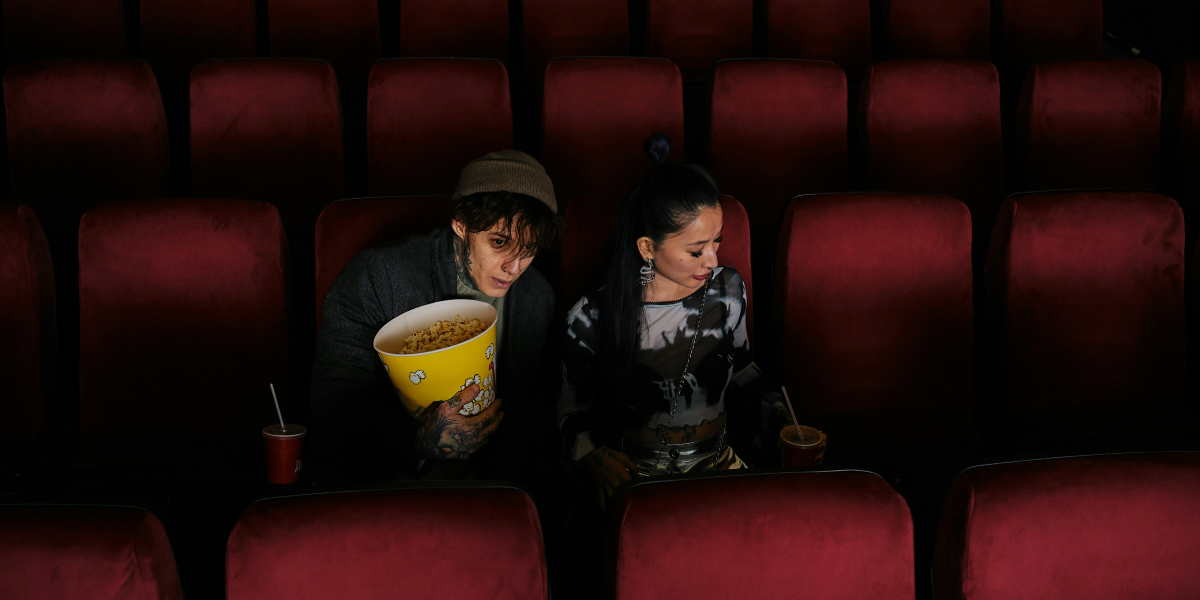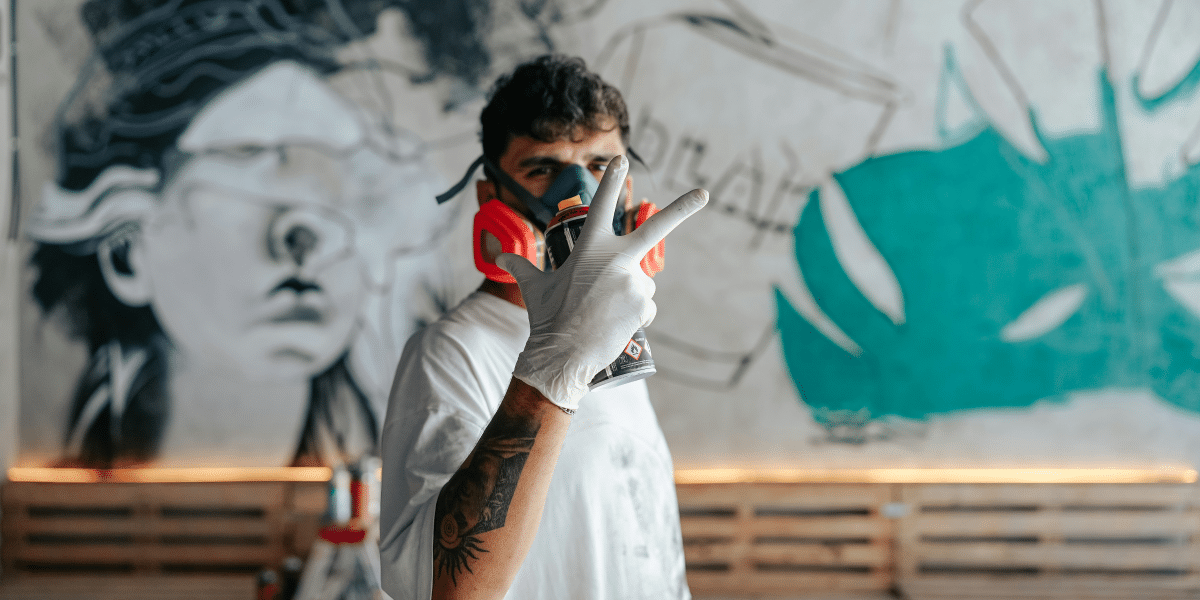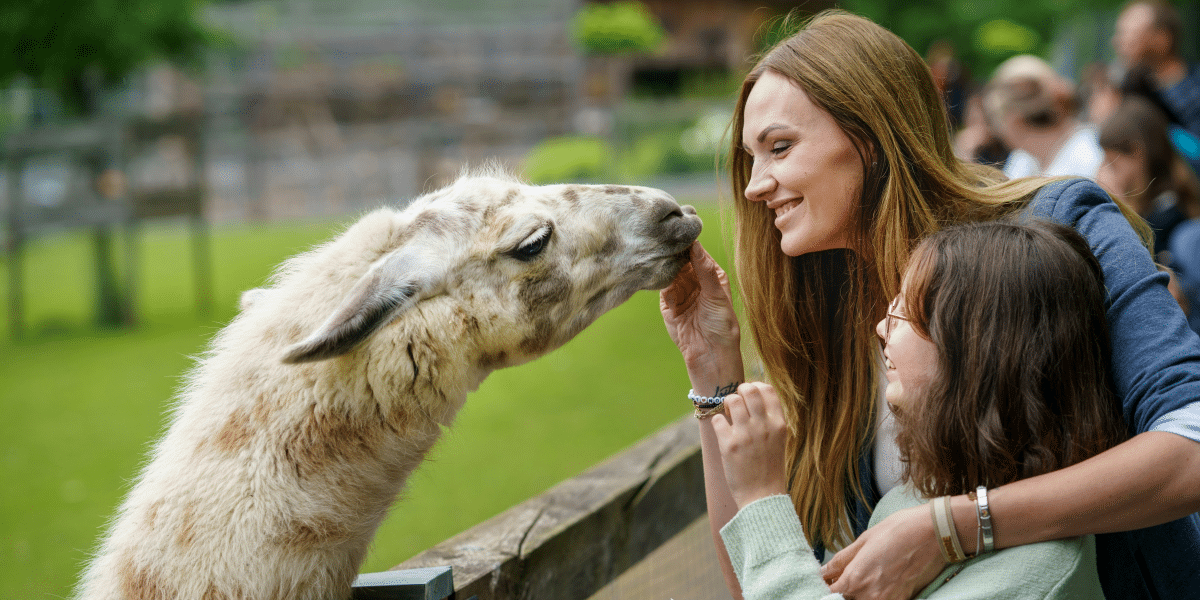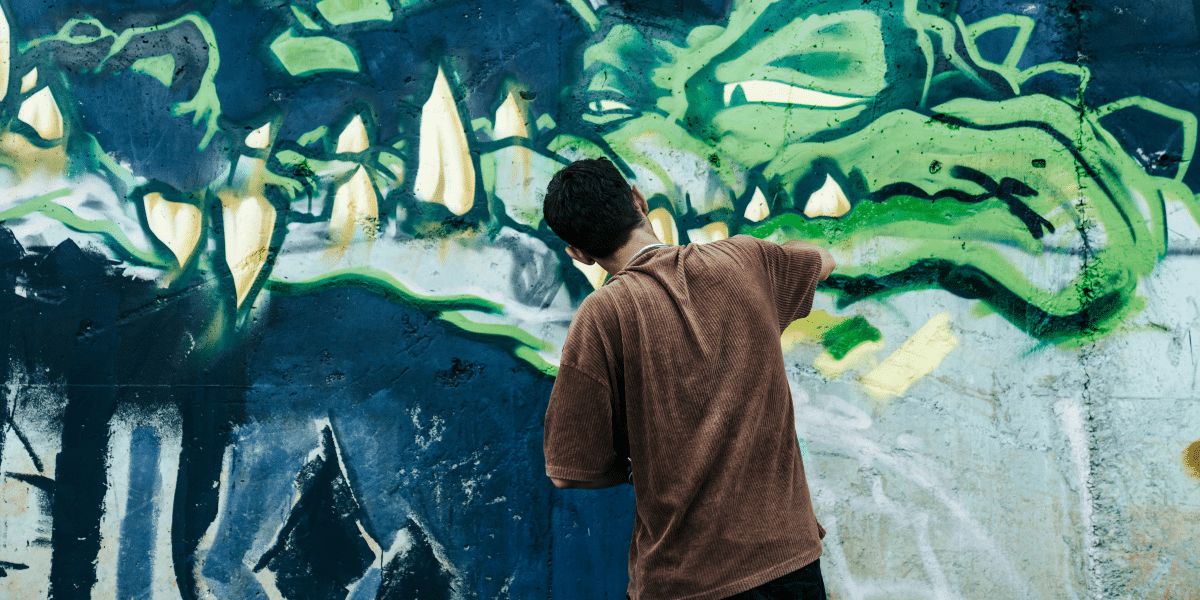Increase Your Running Speed: Effective Training Strategies and Drills
Whether you’re a seasoned runner seeking to break a personal record or a beginner looking to improve your overall fitness, working towards increasing your running speed can yield satisfying rewards. Boosting your speed not only translates to faster race times but can also inject new vitality into your training routine. Let’s delve into effective training techniques and drills designed to enhance your running speed.
A solid foundation of strength is essential for maximizing running power and efficiency. “Strength training for runners should focus on building explosive power in the glutes, hamstrings, and quads,” explains a strength and conditioning coach. Incorporate exercises such as squats, lunges, deadlifts, and plyometric exercises into your routine. Strengthening the core muscles will also contribute to improved running form and stability.
High-intensity sprint intervals are a potent tool for increasing running speed. These workouts involve short bursts of maximum effort running, followed by recovery periods. Begin by incorporating one or two sprint interval sessions per week. Gradually increase the number of intervals or their duration as your fitness improves. Examples of sprint workouts include 400-meter repeats, 200-meter repeats, or hill sprints.
Tempo runs teach your body to sustain a faster pace for a prolonged duration. They are typically performed at a comfortably hard pace – slightly slower than your race pace. Aim for a 20-30 minute tempo run once a week. This will enhance your lactate threshold, the point at which fatigue begins to set in, allowing you to hold a faster pace for longer distances.
Increased speed can be achieved by improving either your stride length (the distance covered with each step) or your stride turnover (the number of steps per minute). Specific drills can help you focus on these key elements. Stride length drills, such as bounding or skipping, improve power and lengthen your stride. Turnover drills, such as quick feet and butt kicks, encourage a faster leg cadence.
Running hills is a highly effective way to build strength, improve cardiovascular fitness, and promote a more powerful stride. Incorporate hill repeats into your routine for a challenging speed workout. Hill sprints provide an additional boost, focusing on short, explosive bursts of power.
Additional Speed Boosting Strategies
- Plyometrics: Box jumps, jump squats, and other plyometric exercises develop fast-twitch muscle fibers, enhancing explosive power essential for sprinting.
- Proper Form: Running form plays a vital role in running efficiency and speed. Ensure a tall posture, relaxed shoulders, powerful arm swing, and a midfoot strike.
- Dynamic Warm-Up: Before speed workouts, incorporate dynamic stretches such as leg swings, high knees, and butt kicks to prepare your muscles and optimize range of motion.
Mind and Body Connection
While physical training forms the backbone of increasing your running speed, developing mental fortitude is an equally important piece of the puzzle. Speed workouts often challenge not only your physical limits but your mental toughness as well. “The ability to tolerate discomfort and maintain focus when fatigue sets in is crucial for pushing yourself to run faster,” explains a sports psychologist.
Visualization techniques can be a powerful tool for cultivating the determination needed for successful speed work. Take time before your workouts to mentally rehearse yourself crossing the finish line triumphantly or setting a new personal record. Engaging the senses in this mental imagery can make it even more compelling. Visualize the feeling of the wind on your skin, the sound of your breathing, and the sense of accomplishment as you achieve your goal. This form of visualization can tap into a deep well of motivation when your body wants to slow down and your mind is plagued by doubts.
Incorporating mindfulness practices into your runs can enhance your ability to “tune into” your body’s signals and strategically manage your pace. Instead of letting your mind wander, bring focused attention to your breath, the rhythm of your footfalls, and sensations within your muscles. This heightened awareness allows for finer adjustments, helping you conserve energy early in a workout and identifying when you have the capacity to push harder in later stages. Mindfulness can also prevent you from starting out at an unsustainable pace, a common pitfall in speed training that leads to premature fatigue.
Achieving a faster running pace is often a matter of patience and strategic training rather than overnight transformations. Consistency is paramount. Regular speed workouts integrated into a well-structured training plan will yield more significant and sustainable results than sporadic bursts of high-intensity training followed by prolonged periods of inactivity.
Gradual progression is another cornerstone of successful speed development. Pushing your body too hard, too soon, is a recipe for injury. Start by incorporating one speed training session per week. As your fitness improves, you can gradually add another speed workout, increase the duration or intensity of your existing workouts, or shorten your recovery periods. “Continuously monitor your body’s response to training and adjust your plan accordingly,” advises a running coach.
Prioritizing rest and active recovery is non-negotiable. Your body rebuilds and strengthens during periods of rest. Speed work places significant stress on your muscles, joints, and connective tissues. Incorporating dedicated rest days into your training allows for proper recovery, reducing your risk of overuse injuries. To promote active recovery and maintain fitness without additional strain on your joints, incorporate cross-training activities like swimming, yoga, or strength training. These activities improve cardiovascular fitness, flexibility, and muscular strength – all of which will ultimately contribute to your goal of becoming a faster runner.













